The new HBO mini-series "Chernobyl" has recently aroused a new and unprecedented interest in the accursed power plant that in 1986 cast its heavy nuclear shadow over humanity.
In fact, he is like that the Chernobyl uproar whose creators motivate tourists, who are now flooding the Ukrainian exclusion zone, to respect the history of the place!
The series is talked about everywhere, conquered social media, got the highest TV series ever rating on imdb and exponentially, obviously unwittingly, increased tourism in the area: the abandoned Pripyat saw a 40% increase in traffic since the day Chernobyl »Premiered at HBO.
Only the people do not realize or take the dangers that the region continues to hide even today. Commemorative tourist photos and selfies from the place of martyrdom all over Europe made the creator of the series Craig Mazen write on Twitter: "I saw some of the photos that are circulating. If you would like to visit Chernobyl, please remember that a catastrophic tragedy took place there. So treat with respect those who have been sacrificed, those who have suffered and those who are suffering. "

At the same time something else happens that also has an old-fashioned scent. The Cold War old! The series you see unfolds the events that led to the disastrous accident but also all the gloom that followed those horrible first hours, sparking the angry reaction of the Russian Communist Party KR. Which calls on the local broadcasting authorities to ban the broadcasting of "Chernobyl".
The news coming from Russia wants the series to be discussed at a higher governmental level in order to determine the appropriate way of reacting. Even in its own turn on the state channel, Russia seems to want to respond, while there are also voices calling for a ban on "Chernobyl" throughout Russia. The country's independent television council has reserved for the time being that "we will consider the request and respond".
As the KR accuses the series of "ideological manipulation on the part of HBO", threatens to sue the producers and an unofficial campaign against "Chernobyl" has already been launched in the country, it's time to see what is happening today with the nuclear plant named he used to terrorize the whole of Europe.

Something that all these kids and their influencers are obviously unaware of Instagram taking light photos in a place of untold disaster. Which, to note here, was officially closed in June 2011, when the number of tourists in Pripyat and the Zone reached 10.000 people. Without ever being given any authorization for commercial tourist exploitation!
The Kiev prosecutor's office even confronted the Ministry of Emergency Situations of Ukraine at the time, considering that with the $ 100 it charged per person to visit the Zone, it was literally making millions of "dirty and contaminated" money. "We know that a lot of money was earned, but we have no idea who got it in their pocket," said Alexander Ampleev, spokesman for the Prosecutor General's Office of Ukraine.
In November, a Kiev court banned all visits to Chernobyl and the Zone. Pripyat was visited again in January 2013, legally, when the dispute was resolved and the cost of the visit rose to $ 130. The same bodies considered that the levels of radioactivity had returned to permissible levels. Within two years, yes…
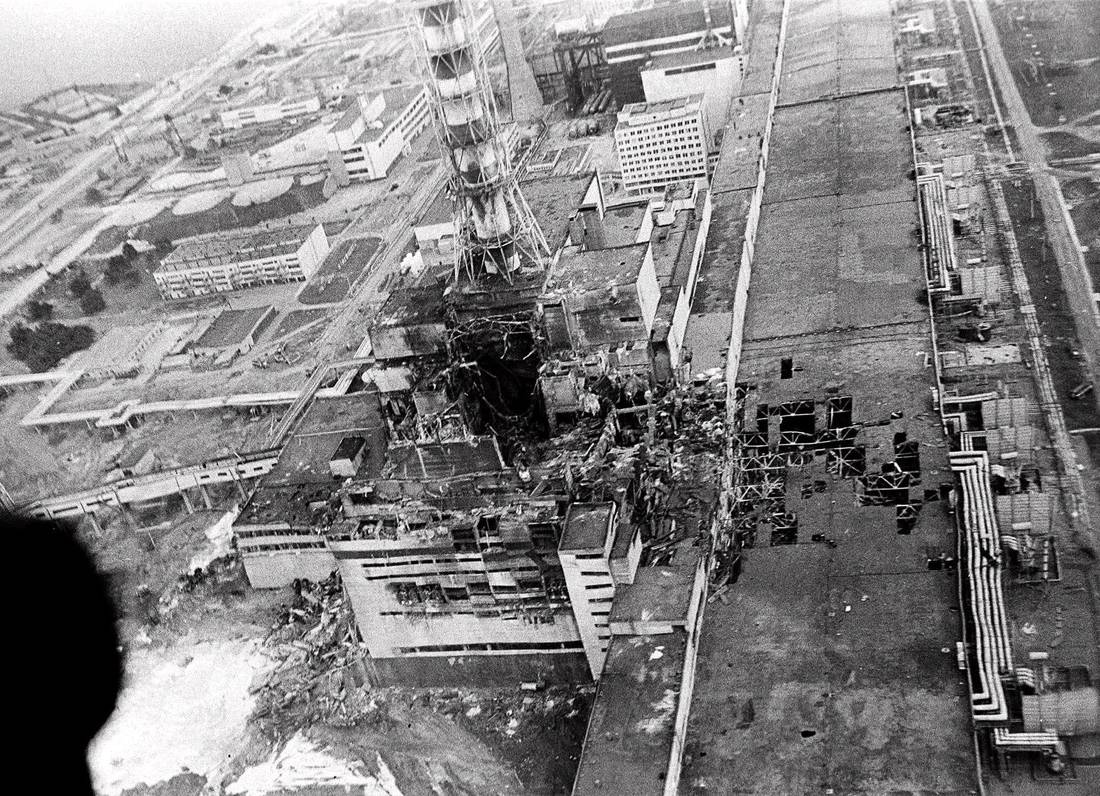
The diary recorded April 26, 1986, when a routine safety check on reactor No. 4 of the Vladimir Ilyich Lenin Nuclear Power Plant would be fatal for its proper operation. The reactor exploded, forcing thousands of firefighters and technicians to battle the flames for 10 days in the worst nuclear accident the planet has ever experienced.
But also one of the best hidden secrets, alas. At least in his first moments. It finally took three heroes to save Europe from the worst, although the record alone was not good: 50 technicians and rescuers died immediately, 120.000 were evacuated from the area, including 43.000 permanent residents of neighboring Pripyat, and a few million Europeans would survive the bleak effects of radioactivity in the years to come.
The first nuclear firefighting operation brought 600 Soviet pilots on several thousand helicopter flights, dropping more than 5.000 tons of sand, lead, clay and other materials into the blazing reactor. The subsequent assessment of the company spoke only of partial success, as it became clear that the infection was not limited to the desired levels.
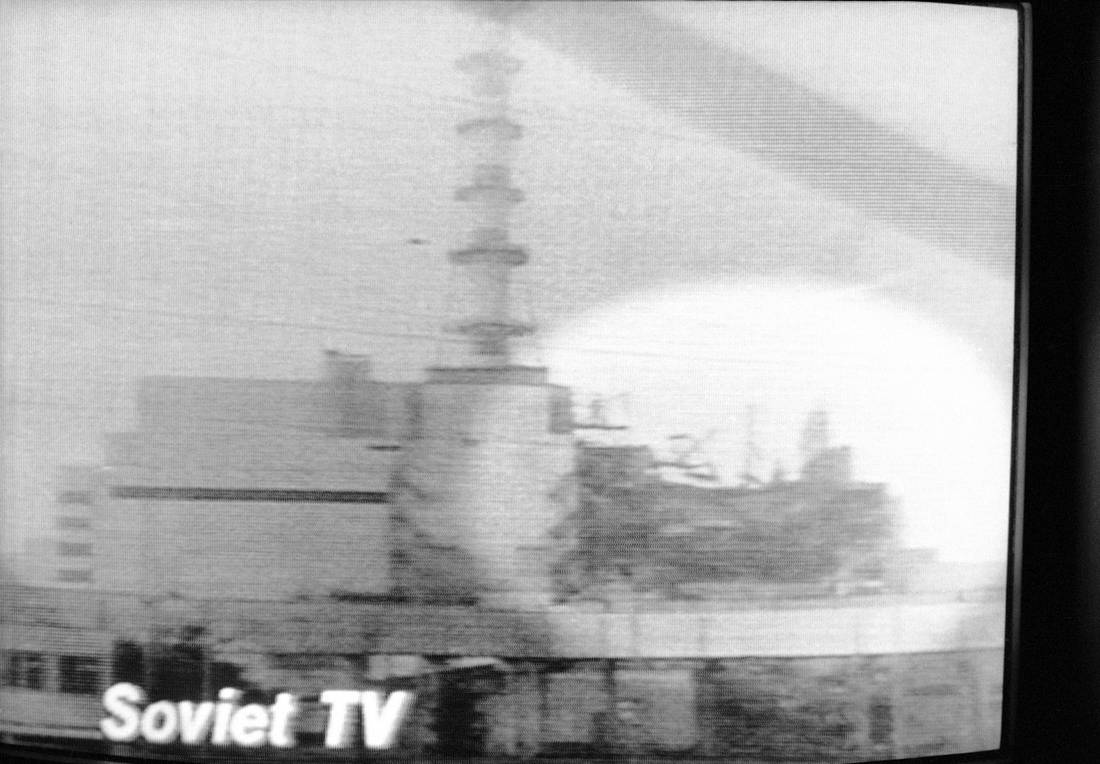
Today, Pripyat is a ghost town and everything that exists within the 30 kilometers of the famous Exclusion Zone, the news from Chernobyl has magically stopped arriving for many years, until the interest is recently rekindled, and this from scratch.
But what about the nuclear power plant? It is officially closed, but not completely inactive. After all, what is happening in the Zone, as the locals typically call it, is no longer covered by frantic secrecy.
The evacuation operation, known as the "Exclusion Zone", was completed by its armed forces. USSR immediately after the horrific accident, as a 30-kilometer zone around the station where nothing would live inside. Today the boundaries of the Zone have been slightly modified, including an even larger part of Ukraine (2.600 square kilometers), next to the border with Belarus. In fact, there are many independent authorities in charge of disaster management.
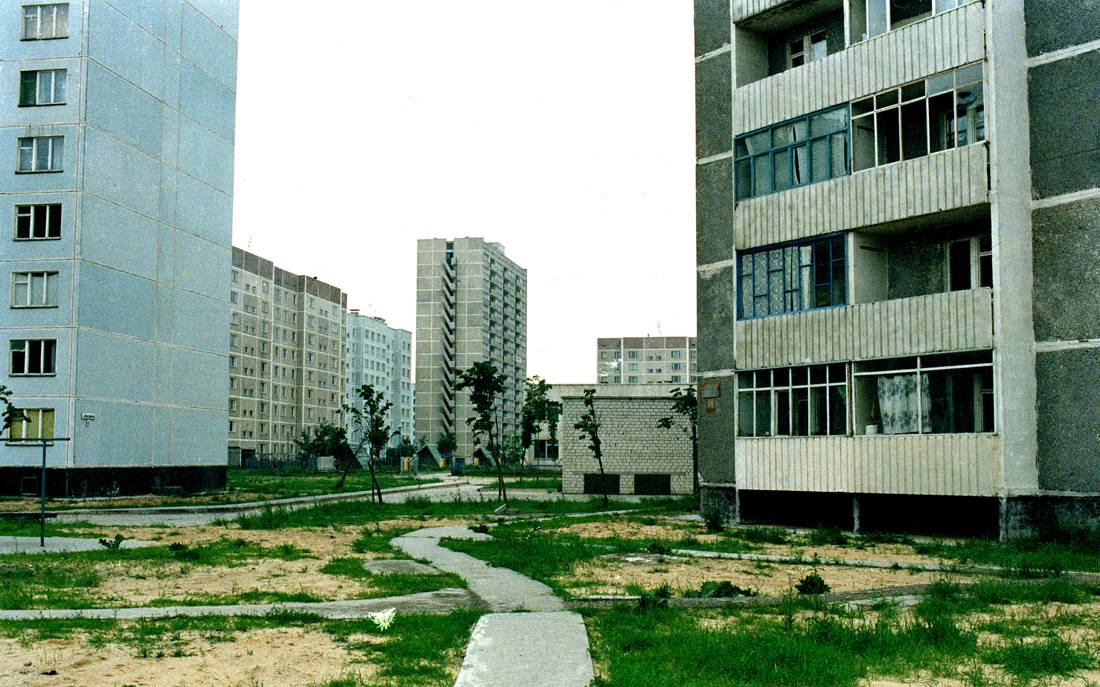
The State Emergency Service of Ukraine manages the Zone, another public company the factory and another the sarcophagus that covers the signal reactor. Even Belarus has set up a radioactive observatory at the border to monitor radioactivity levels.
And while it was known that the access of the people in the Zone passed from the universal ban to the limited access, everyone was wondering how the guided tours and the tourist exploitation of the area were organized. Perhaps Ukraine was just turning its head in all this, as quite recently (February 2019) there have been discussions even about limiting the limits of the Exclusion Zone, so that its size reflects the current situation of lower levels of radioactivity. At least on the outskirts of the Zone.
However, no one should laugh, the Zone remains one of the most polluted areas in the world, no matter how much you look at it. Even today it is the No. 1 spot for scientific experiments dealing with radioactivity and its long-term effects, despite the recent tourist interest in Chernobyl.

Some 16 kilometers from the border of Ukraine and Belarus and 14,5 kilometers from Pripyat still stands the Nuclear Power Plant "Vladimir Ilyich Lenin». All four nuclear reactors, which once provided 4 MW of electricity each (1.000% of Soviet Ukraine's total energy needs), have been shut down and the danger is over.
But not the environmental footprint of the 1986 tragedy, since the final clearing of the area will not take place before 2065. What happened in 1986 was not exactly unprecedented, everything else. Reactor No. 1, for example, also malfunctioned on September 9, 1982 and was put back into operation a few months later, but the effects of the accident remain vague.
In that accident and in the next three failed inspections, until the significant 1986, there was an inherent construction flaw of this type of reactors, for which not only was no solution found, but it was even buried in the drawers of the bureaucracy. When the radioactive cloud reached Norway, of course, everyone would look to destroy these papers.
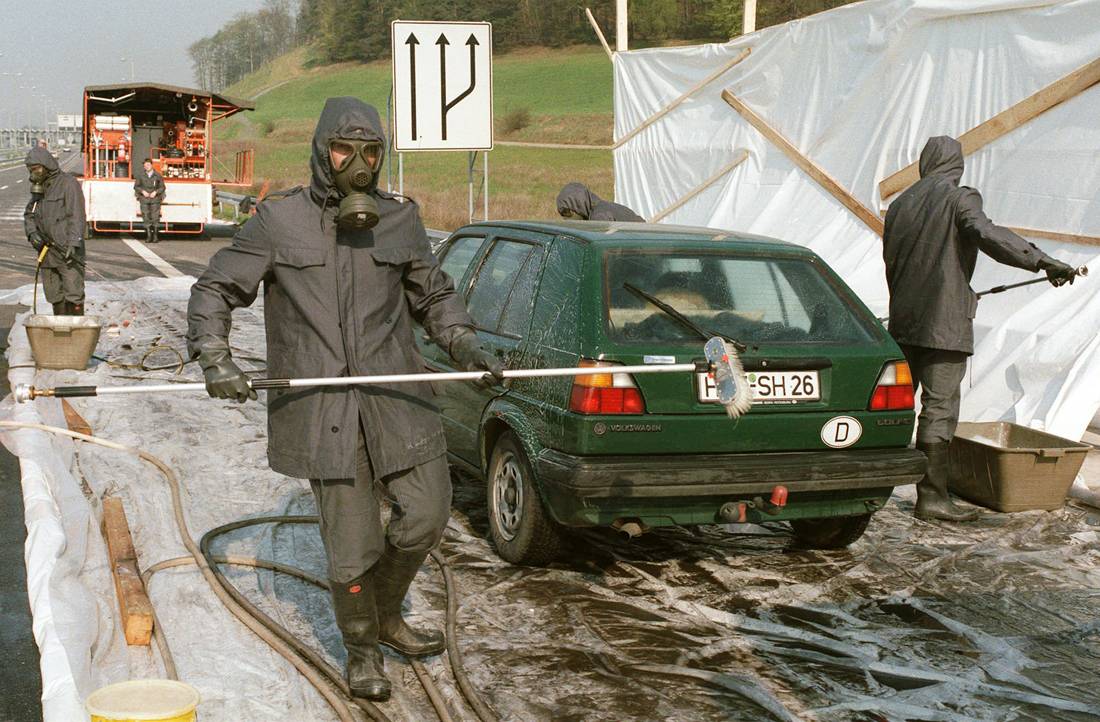
The radioactive flame was contained only on May 4, 1986, reducing life expectancy in Central and Western Europe, according to the then UN report. The Chernobyl tragedy, the first Level 7 nuclear accident in history (the second was the Fukushima in 2011), cost around $ 68 billion to date (2019 estimate), as the effort to limit its consequences was asymmetrically large.
What was left of Reactor No. 4 was closed in a relatively timely manner in a shell of cement, steel and lead, the "Sarcophagus" as it is typically called, in order to limit the spread of radioactive waste. The construction secured these 16 tonnes of uranium and plutonium in the core, the 30 tonnes of highly contaminated dust and the 200 tonnes of other reactor radioactive materials.
Those who managed the disaster realized from the first moment the magnitude of the threat. The Sarcophagus was designed almost immediately and began construction just 24 days after the catastrophe, when it was considered the most effective means of combating tragedy.
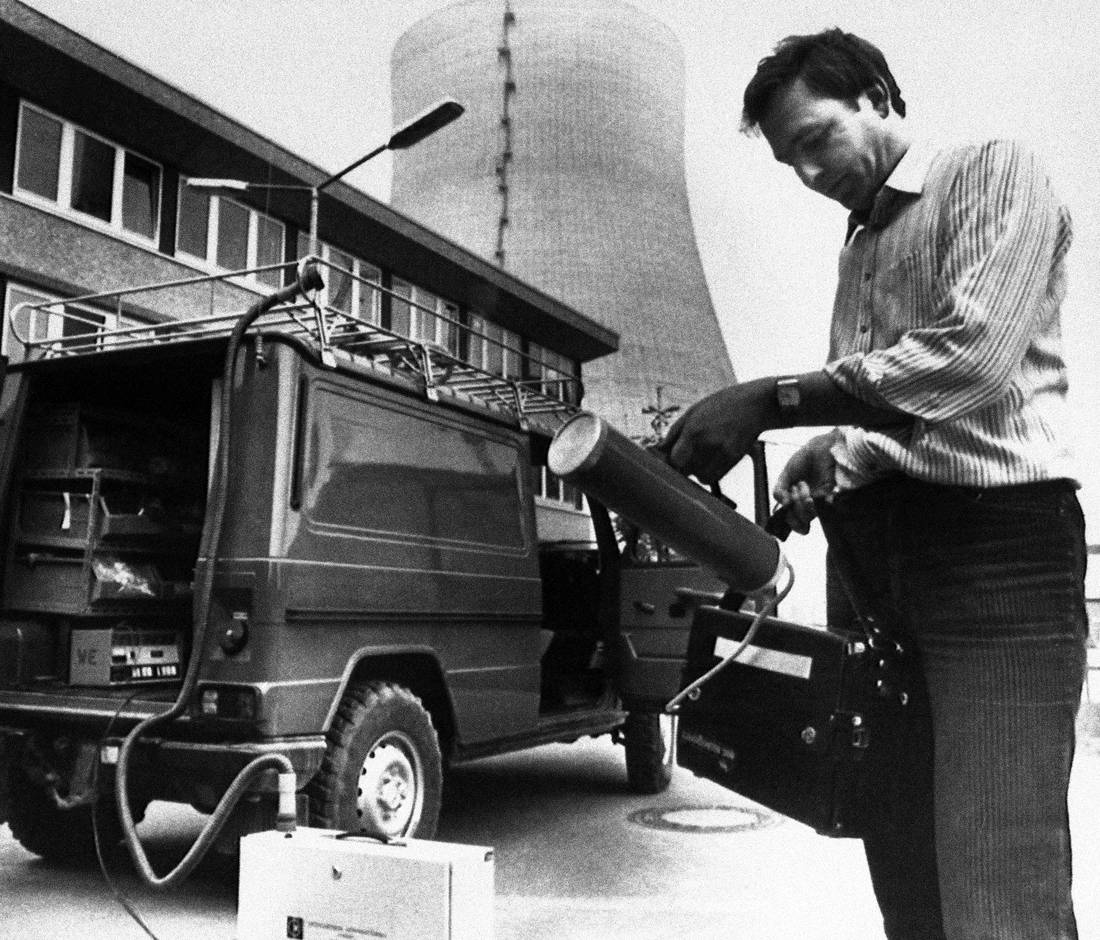
Eight phases of construction and seven months later, the Sarcophagus was in place, only it was not secured properly in the rushed conditions of urgency and untold difficulties. She lived until 2016, when it became clear that her wear levels were calling for urgent solutions again. It was time to replace it with a new shell.
Estimates by Soviet scientists gave her a life span of just 20-30 years. The first large-scale support of the Sarcophagus, which was devoured by radioactivity all these years, took place in 1998.
The Sarcophagus of 400.000 cubic meters of concrete and 7.300 tons of metal closed inside 740.000 cubic meters of radioactive materials and contaminated elements (including soil). The construction even left 60 holes so that the condition of the reactor core, which is in high demand even today, can be assessed.
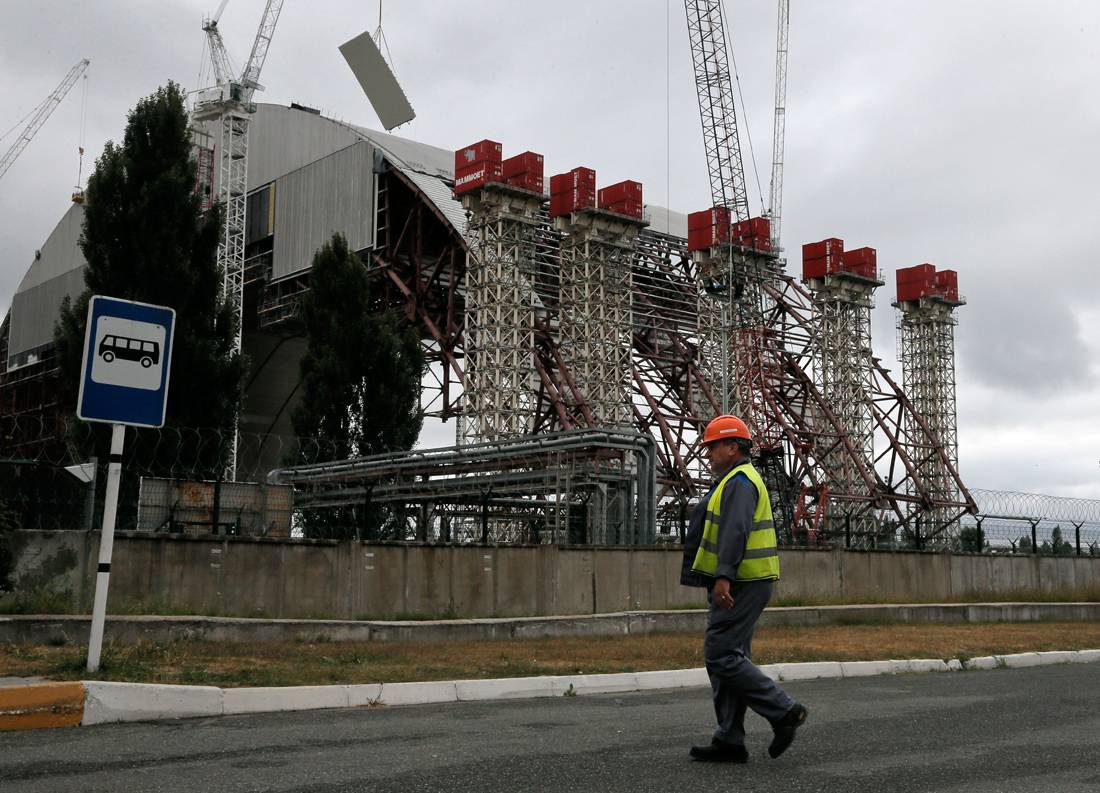
The steel shell that we now see enclosing the fatal reactor was raised in November 2016, more than a year after the sarcophagus replacement date, as 100 million euros were missing for its completion. The metal shrine, a 105-meter-long, 150-meter-long and 275-meter-wide arch, which began construction in 2010, also surrounds the Sarcophagus, but allows access to its interior, so that radioactive debris removal work can take place at some point.
After all, the whole project is now managed by an independent body, which received the remaining 100 million euros from the European Bank for Reconstruction and Development (EBRD), as the effort and cost are truly titanic. The project, which was finally completed at the end of 2018 by a French consortium, amounted to 2,15 billion euros, according to the budget, with the lion's share (1,5 billion euros) going to the new housing.
Which its design predicts will last for the next 100 years…
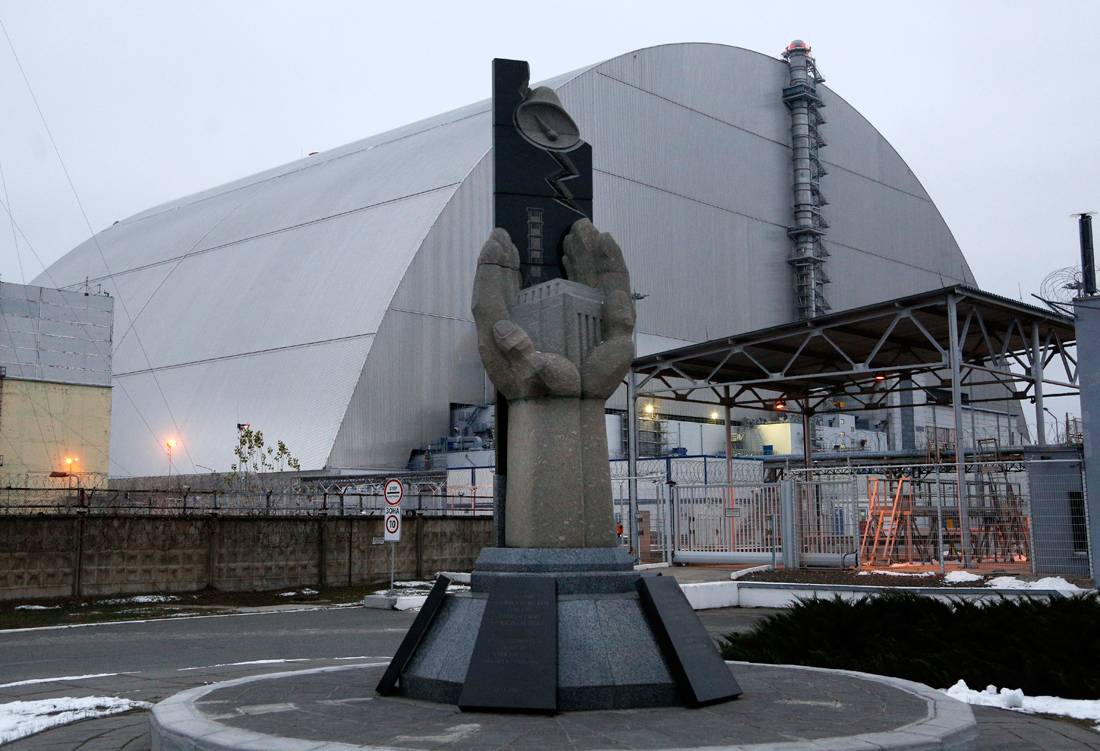
When did Chernobyl close? By the time the first sarcophagus was built to reduce radioactive contamination, the rest of the reactors were working normally! Reactor No. 3 even continued to operate until the end of 2000. It was then that Chernobyl stopped producing electricity permanently.
At a solemn ceremony on December 15, 2000, its then president Ukrainian, Leonid Kuchma, personally turned on the switch of Reactor No. 3, ending Chernobyl.
And it was only then that it became clear that it should not work anymore. The sarcophagus wear levels as well as the high levels of radiation forced the service managed by Chernobyl to propose a final padlock.
As for this type of reactor with the inherent flaw, it was upgraded throughout the former Soviet territory and 10 of them continued to generate electricity until 2019.
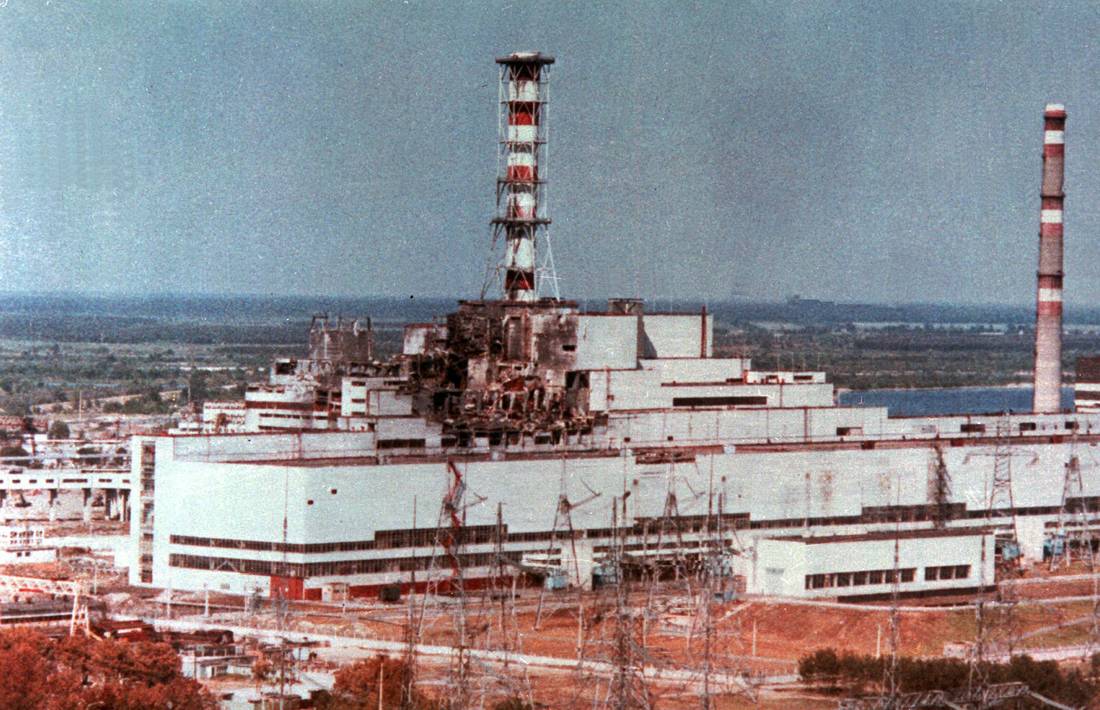
In October 1991, the fourth turbine of Chernobyl Reactor No. 2 was engulfed in flames, causing extensive damage and collapse of the roof. Just five years after the nuclear disaster, it was decided to shut it down immediately. No one wanted such a responsibility in their head.
As for Reactor No. 1, international pressure on the Ukrainian government finally forced it to demobilize it in November 1996. And only in April 2015 was the contract for the dismantling and removal of Reactors 1-3 signed.
The final design for the management of radioactive waste and the final removal of the wreckage of Reactor No. 4 now speak of 2065. Only then will the radioactive threat be definitively gone for humanity…
